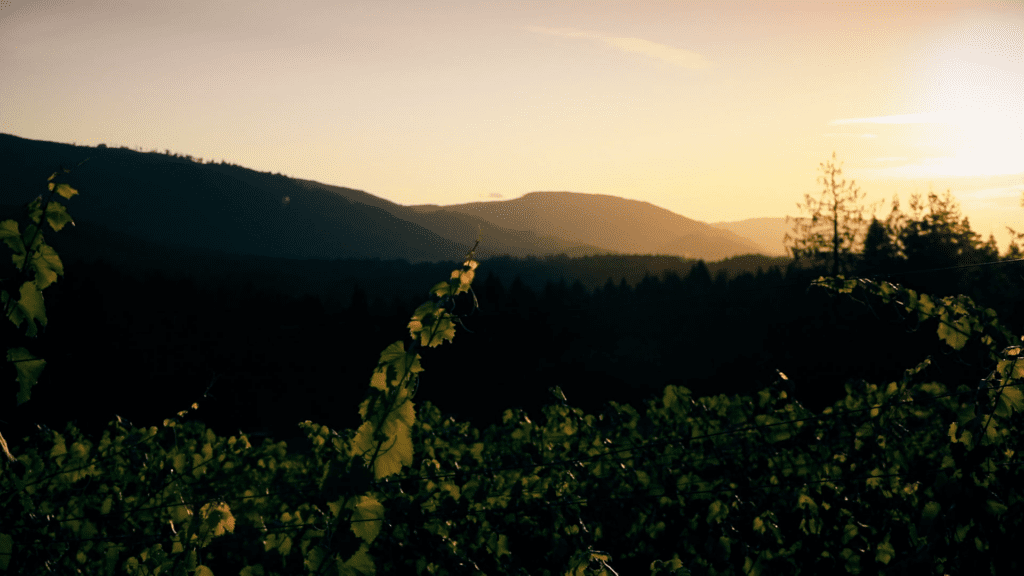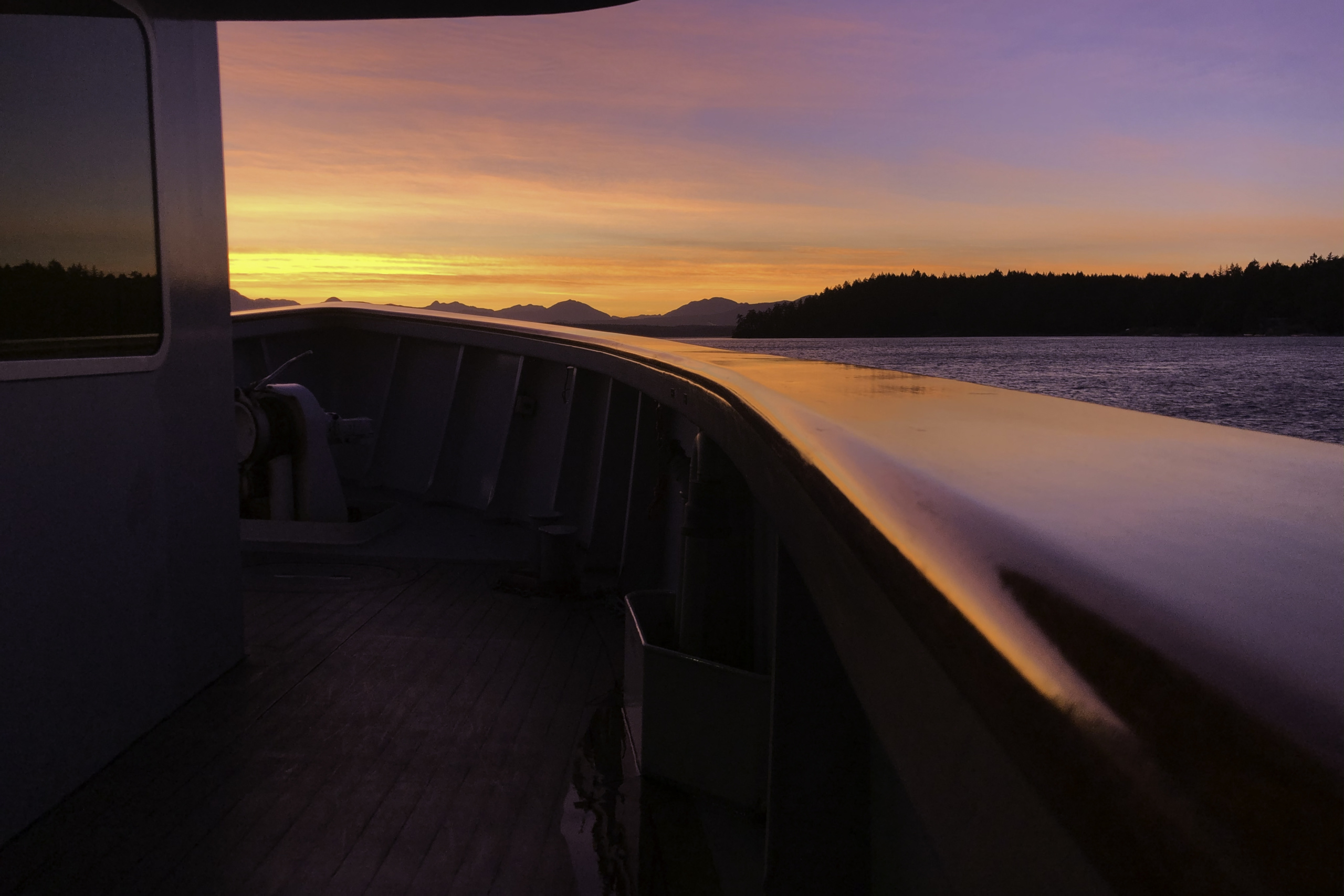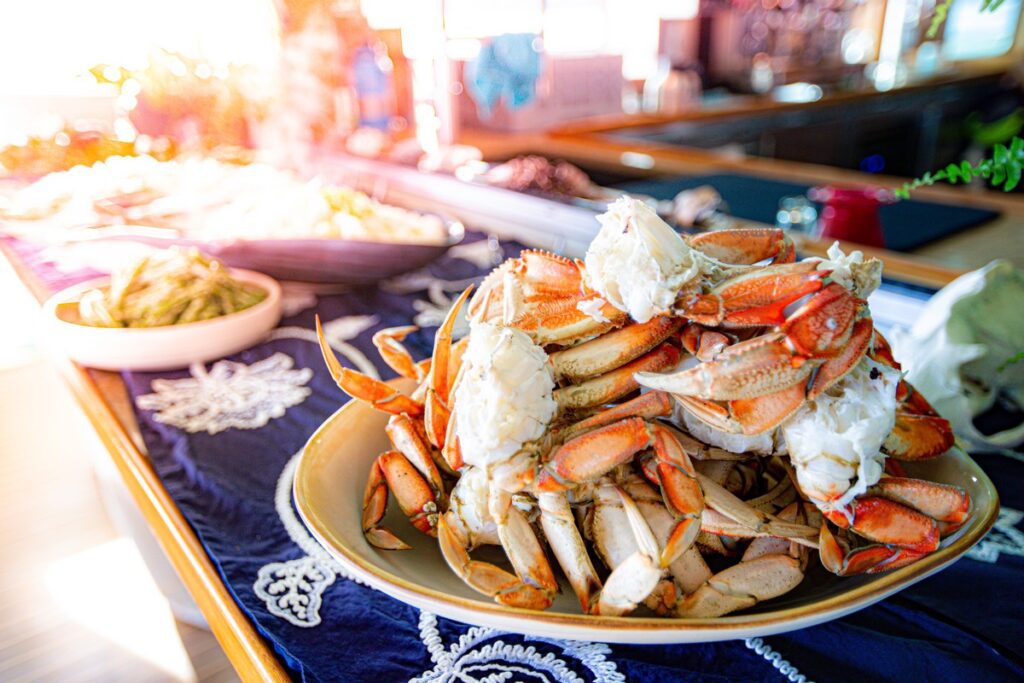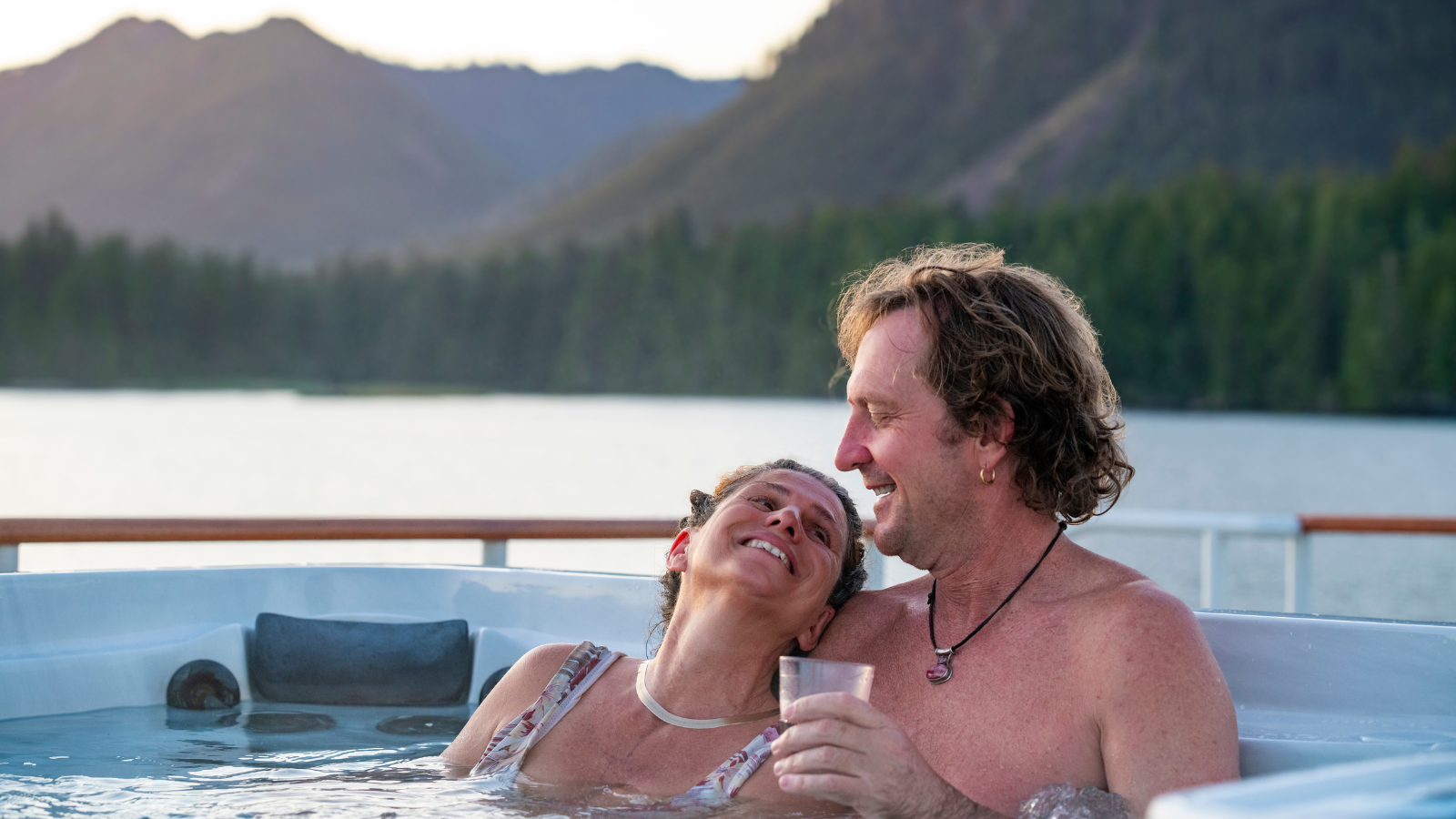
I really started to understand the multiple layers of terroirs (and merroirs) of the expansive Salish Sea the first time I was the Wine Journey Guide aboard the inaugural “Wines and Islands” small vessel expedition run by Victoria’s own Maple Leaf Adventures.
Not only do we explore local drops through “shore visits,” vineyard walks and Chef-prepared meals with winemakers and proprietors, but just as importantly, we traverse tucked away ocean pockets which are part of our “sense of place.”We get to see the land from distance.
Tendering alongside the coastline of Pender or Saturna Islands for example, we get a close look at the layers of rock, sandstone and soils supporting the Mediterranean-style brush and arbutus trees synonymous with this area. Stopping to stroll on a small island cay comprising a diversity of sands and shell-covered middens, we experience the unique geological history underlying our “Wine Islands region”.
Geological Wonders Close to Home
It’s thought that Vancouver Island and the Gulf Islands are remnants of volcanic formations and marine deposits which floated over from the Polynesian tropics about 300 million years ago, during the age of mini-continent Wrangellia. This was followed by a tectonic “collision” between Vancouver Island and mainland North America about 100 million years ago, and subsequent “erosion” and “glaciation” periods which left a stratification of Vancouver Island soils and layers of sedimentary deposits, such as the five-kilometre-thick Nanaimo Sediments underlying the agri-belt running from Saanich to Port Alberni. There’s a completely different geological and soil history here than in BC’s Okanagan Valley.
They say it all happens in the vineyard, but other factors exist here aside from the soils which allow us to grow grapes for wine production. There’s the rain shadow provided by the Coastal Mountains and Mount Prevost near Duncan, the moderating effects of the Salish Sea and Quamichan Lake, and pockets of hot, dry Mediterranean-like conditions. Our growing season is getting longer and rainy periods are shortening. We have a very unique place to make wine. It’s like nowhere else.
Unequivocally Coastal Flavours
Rather than trying to emulate or replicate other regional styles of wines which really don’t work here, we’re focused on being us and using grapes which are suitable to express our Salish Sea location. History and geography matter. An increasing number of our coastal vintners are farming sustainably and embracing stewardship of the land to make terroir-driven maritime wines. Organic, biodynamic and “low intervention” practices are often employed.
This manifests in vibrant and fresh wines with lower alcohol which pair with food we can source locally. Aromatic whites like pinot gris, bacchus, ortega and siegerrebe can thrive and many producers are now planting chardonnay as they see a future for that grape here. Pinot noir is the red to look out for. Shifting weather patterns and increased investment in the industry have shown how this delicate Burgundian grape can shine on Vancouver Island and some Gulf Islands. The naturally high acidity of our coastal grapes is also a perfect building block for sparkling wine, so expect to see more local bubbles.
Sip and Sail the Salish Sea
As far as we know, the Wines and Islands voyage with Maple Leaf Adventures is the first of its kind on the West Coast. It immerses us in our “Wine Islands” region as it emerges on the world wine map and receives increased global attention for what’s going on here. It’s exciting to be part of that and to sip and sail through our spectacular Salish Sea. Find out more about our Culinary Adventures.
Written by our Wines and Islands Wine Guide, Tania Tomaszewska, based on an article originally published in Seaside Magazine.







